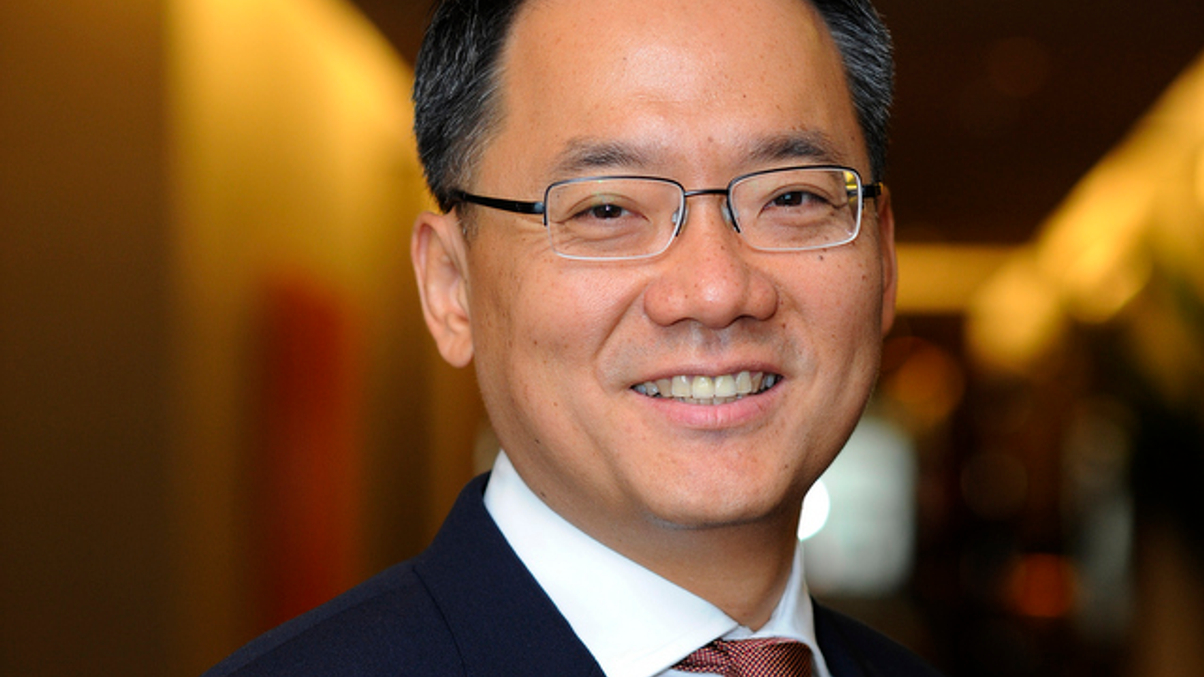Family office segment set to boom: Credit Suisse
The number of single-family offices in Asia lags well behind its potential given the region’s booming wealth, but that may be about to change, argues the Swiss bank.

There are several good reasons why the number of single-family offices in Asia Pacific is set to soar, says Credit Suisse, which on Friday held its first family office forum in the region and launched a best practice guide on for families looking to start a family office.
Sign in to read on!
Registered users get 2 free articles in 30 days.
Subscribers have full unlimited access to AsianInvestor
Not signed up? New users get 2 free articles per month, plus a 7-day unlimited free trial.
¬ Haymarket Media Limited. All rights reserved.


